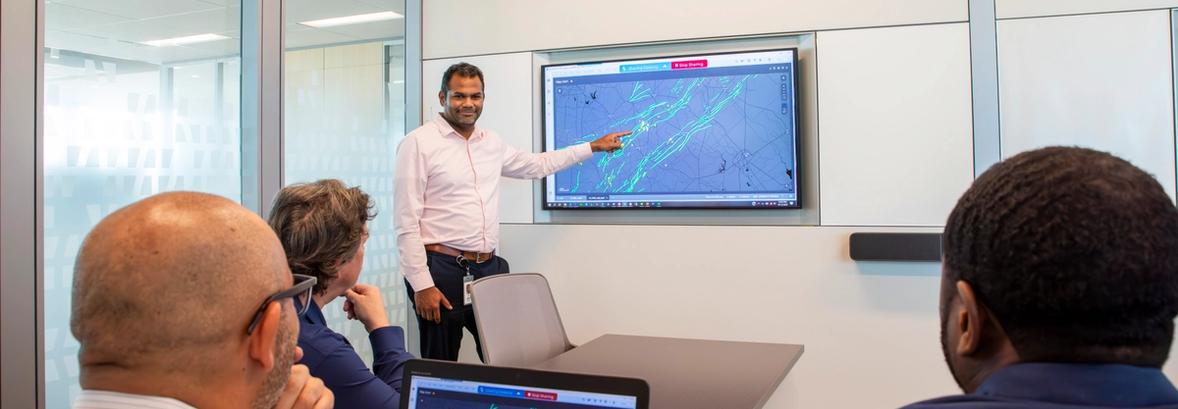

Seismicity
Though most injection wells aren’t associated with felt earthquakes, according to the USGS1, we employ risk mitigation strategies for them. These include seismic reviews of disposal wells, minimization of disposal wells in potentially sensitive geologic areas, participation in multi-operator area-wide monitoring arrays and use of temporary seismometers in areas of concern during hydraulic fracturing.
Our company-wide seismicity program is integrated into our Responsible Operations Management System (ROMS), further advancing our systematic approach to mitigating seismic risk. Seismic risk and its potential causes are generally related to local geologic conditions requiring a tailored approach for mitigation. While seismic events are rare in North Dakota, all unconventional assets are included in our program, which is designed to apply the appropriate analysis and mitigation procedures to local conditions.
We take precautions to minimize disposal of produced water from our sites into wells or areas where we’ve identified an increased risk of saltwater injection-induced seismicity due to geologic conditions or historical seismic activity. Site approval through our Waste Management and Vetting Approval Process is required and the use of our electronic transportation management system for waste haulers enables us to verify that our waste is transported to approved sites.
While seismicity associated with completion activity is rare, we monitor our completion sites in areas of concern and initiate predetermined mitigation responses to reduce the severity of seismic activity that may be associated with well stimulation. Marathon Oil’s mitigation protocols exceed regulatory requirements in the areas where we operate.
Marathon Oil is actively participating in partnerships with academic consortia and industry collaborations to better understand seismicity in our basins of operation and tailor the appropriate mitigation response. The TexNet Seismic Observatory and Center for Injection and Seismicity Research (CISR) provides the underpinning for understanding seismicity and its associated risks. This effort is a collaboration of various academic institutions and industry partners managed by the Texas Bureau of Economic Geology. We have partnered with Southwest Research Institute to improve our prediction of natural fractures based on structural elements and their possible correlation to seismicity. We are utilizing near-real-time monitoring systems in several basins with industry partners such as Nanometrics Inc. and Instrumental Software Technologies, Inc. (ISTI). Collaboration with these industry partners and industry peers helps us utilize the most up-to-date technology for seismicity assessment and mitigation.
How are we doing?
Your opinion matters. Please take a moment to let us know how useful you find the content on this page.
If you’d like to give us your feedback on the entire report, please fill out the complete survey for the 2022 report.



















